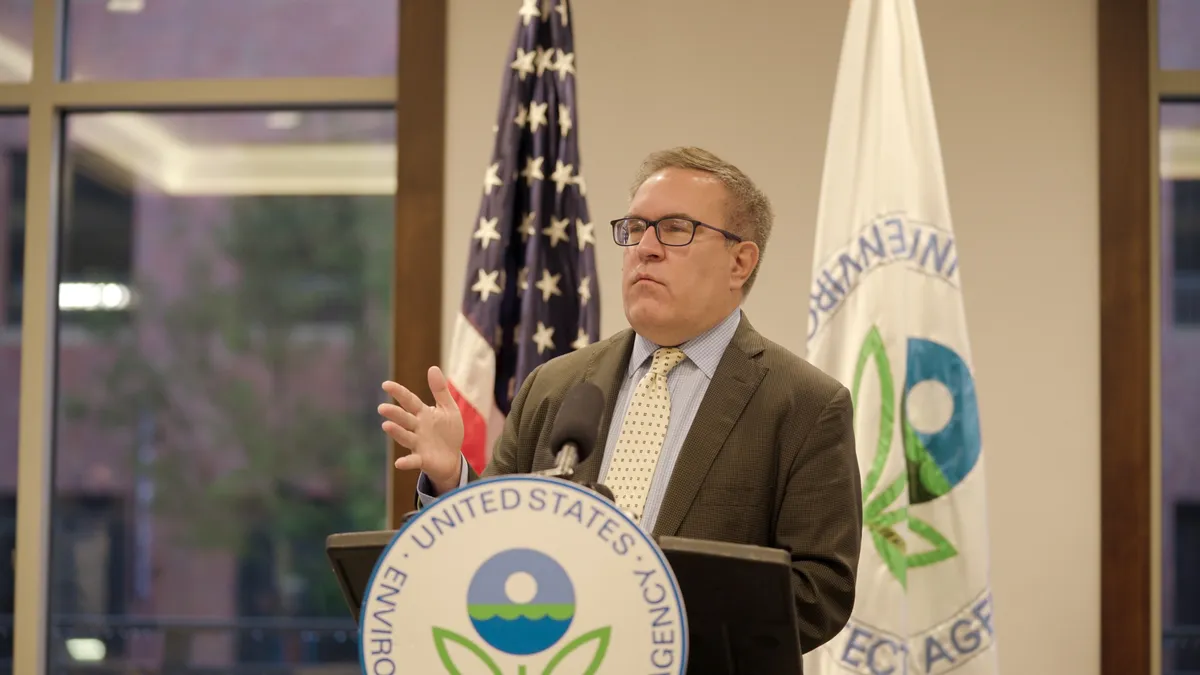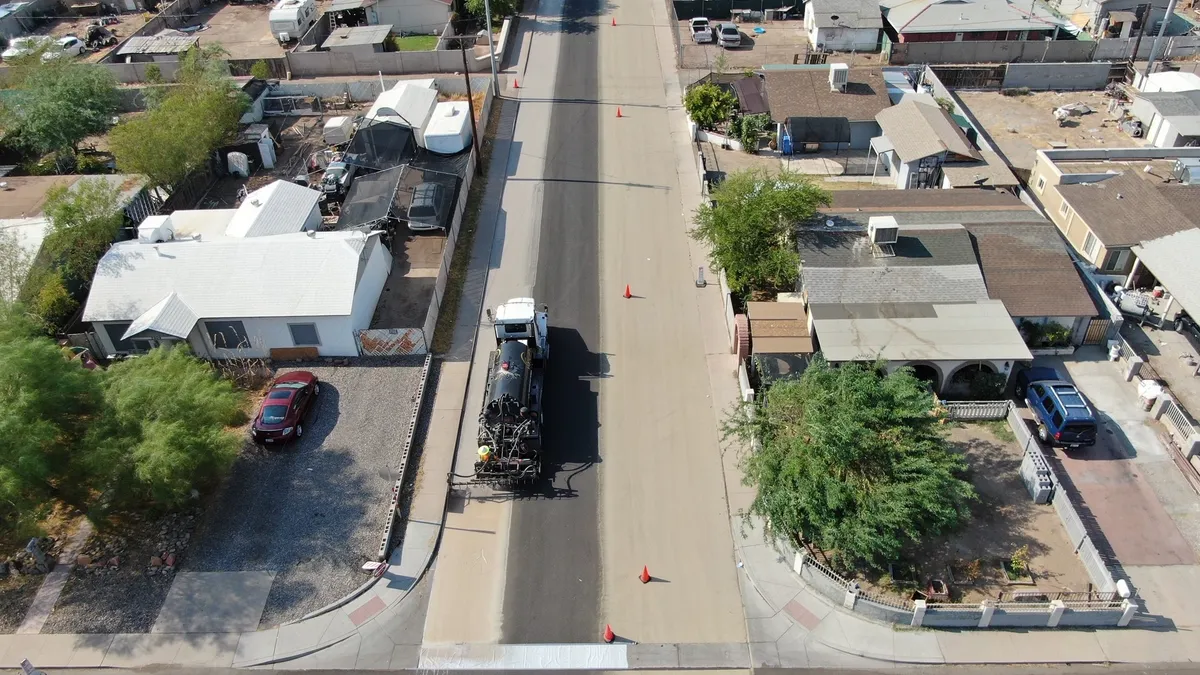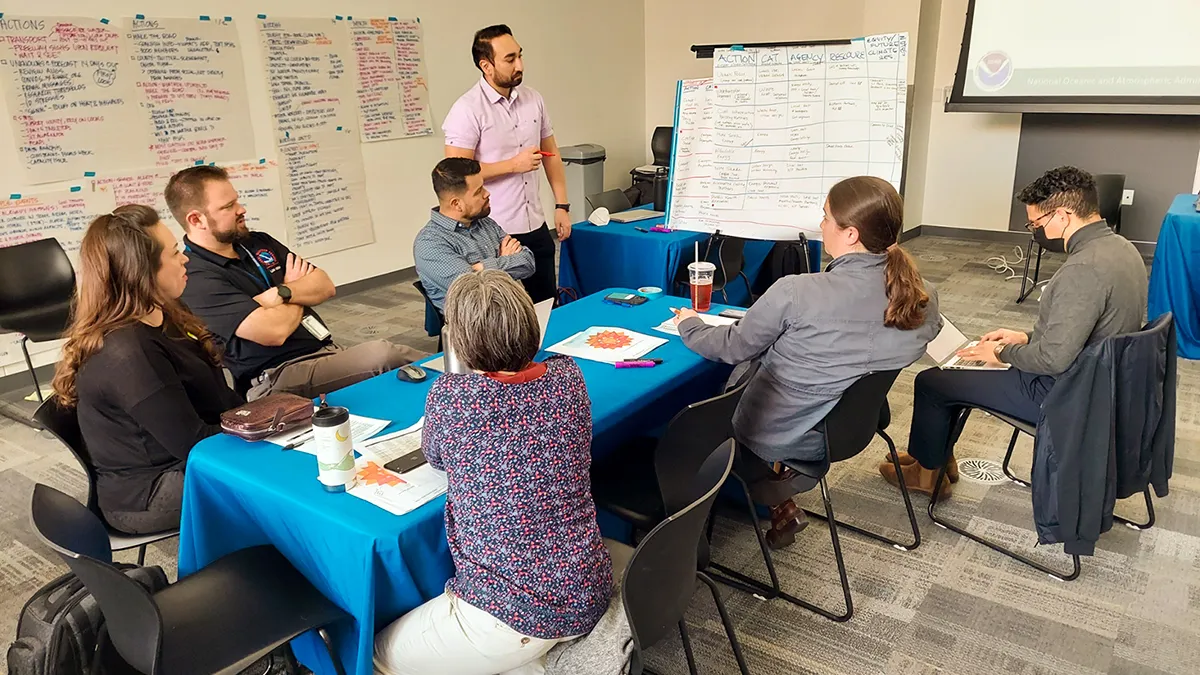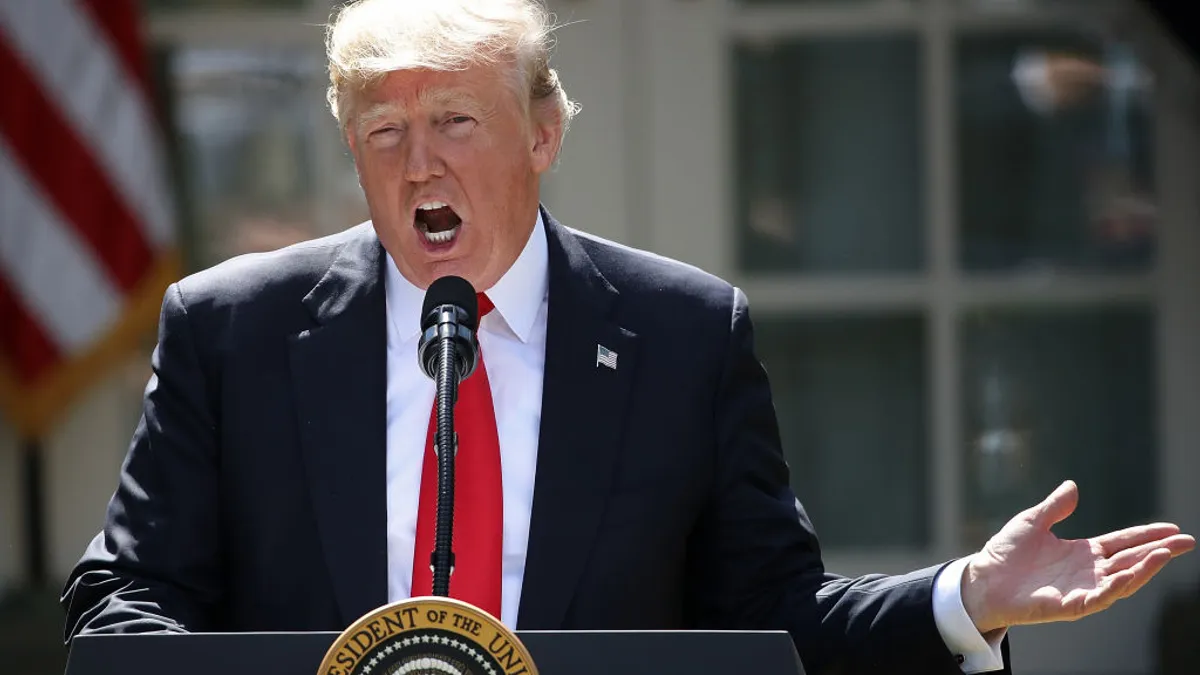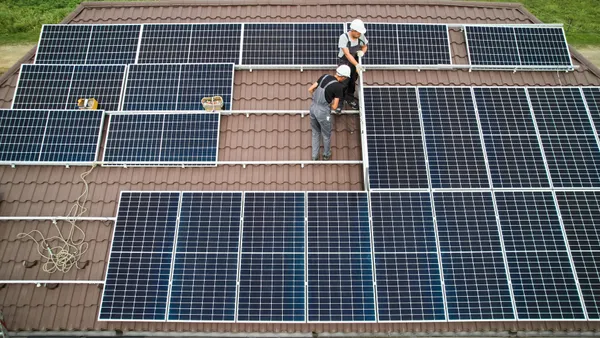The U.S. EPA recently announced a goal to achieve a 50% national recycling rate by 2030, as demand for solutions is on the rise but progress in the current system appears to have stalled in multiple areas.
The non-binding proposal comes in the final days of the Trump administration, as new data showed the national rate dropping to 32.1% in 2018. While local governments support the broader aim of improving recycling activity, many are faced with serious budget shortfalls during the pandemic on top of existing financial pressures from commodity market turbulence in recent years. Nearly 300 major stakeholders have pledged to help EPA improve the system in recent years, but in the absence of serious investment or policy changes from the federal government, some believe this may not be enough.
Building on multiple years of heightened attention around this issue, Administrator Andrew Wheeler announced the target at the agency's third annual America Recycles Summit on Tuesday. Wheeler first pledged to set a goal at last year's summit. While recognizing ongoing challenges for recycling, Wheeler also touted the goal as a possible catalyst for change.
“EPA recognizes that collective commitments are best achieved when we have a common goal. Goals provide inspiration and a collective target, they motivate us and help stimulate healthy competition," he said. “Reaching this goal will not be easy, but it will be important. Implementing this goal will require collaboration at all levels of government and across the value chain."
As outlined by Peter Wright, assistant administrator of EPA's Office of Land and Emergency Management, the goal will be supported by three objectives: reducing inbound contamination, improving processing efficiency and strengthening end markets. Progress will be measured, respectively, by assessing contamination rates, processing yield and commodity values. The goal is focused on material covered under EPA's definition of MSW.
While EPA officials repeatedly referred to this as the first-ever national recycling goal, there has been one before. The agency previously aimed to achieve 25% "recycling and source reduction rates" by 1992, as part of a broader solid waste management strategy in the late '80s, and reported the target was largely achieved on time.
Asked for clarification, an EPA spokesperson said, "today’s goal included, for the first time, a series of 'objectives' that will actively measure progress beyond the national rate."
Similar to the EPA's ongoing goal to reduce food waste 50% by 2030 – a rare Obama-era pledge that has carried over – this latest initiative was billed as a multi-agency priority. Officials from the Department of Energy and National Institute of Standards and Technology were also at the event to discuss their agencies' work on recycling.
While the technical advancements and research being pursued by these agencies is viewed as positive by industry trade groups, the demand for policy action is also rising quickly. This session of Congress saw what multiple longtime observers believe may have been the most recycling-related activity ever – though no bills have yet passed – and significant activity also continues at the state and local level.
EPA staff and appointees have previously said they can adapt as directed by Congress, but the current administration's general preference has been for market-driven solutions versus regulatory ones.
Region 2 Administrator Pete Lopez, citing prior experience in New York government, took the stance that policy is not always the most effective lever. Instead, he cited the potential for collaboration among EPA regions, the business community and others – accelerated by the new goal – as the possible solution to a status quo he described as untenable.
“It’s not just enough to mandate recycling. All of us who have been in government understand that mandates can only go so far, and even recycling legislation passed by state and local chambers doesn’t magically equate to boosting recycling rates," said Lopez. "So despite our best efforts we remain a throwaway society. Items that can and should be recycled are going to landfills, or are littered across the countryside."
Progress report
The agency's newly released materials management report indicates that stagnation, putting the overall 2018 recycling rate at 32.1% (down from 35% in 2017) and dropping to the lowest level recorded since 2006.
According to EPA modeling and calculations, the U.S. generated 292.4 million tons of MSW in 2018 (up notably from 268.7 million in 2017). Within this total, 50% went to landfills, 11.8% to "combustion with energy recovery," 23.6% to recycling, 8.5% to composting and 6.1% to "other food management pathways."
This latter category is part of the agency's updated methodology for wasted food and its inclusion was described as a primary factor in why the overall recycling rate declined. It includes organic material managed via animal feed, land application, codigestion/anaerobic digestion, bio-based materials/biochemical processing, donation and sewer/wastewater treatment. Per the EPA's waste recovery hierarchy, these are all generally viewed as more preferable outcomes than disposal, but are not counted toward the national recycling rate.
The 2018 report also marks the first full year to factor in disruptions from tighter import policies in China and other international markets, but doesn't indicate major declines in relevant categories such as fiber or plastics. In fact, recovered volumes increased in multiple categories. Though for plastics, groups such as the Last Beach Cleanup noted this may not be consistent with a recorded decline in export volumes between 2017 and 2018 that was not paired with significant changes in domestic processing capacity.
Among other notable elements, EPA also released a new 2020 edition of its often-cited Recycling Economic Information report. Based on 2012 data, it estimates recycling and reuse activities are now responsible for 681,000 jobs, $37.8 million worth of wages and $5.5 billion in tax revenues per year. This equates to 1.17 jobs created for every 1,000 tons of material recycled.
Next steps
The EPA event also featured commentary from multiple industry organizations about their goals for the future. Representatives from the National Waste & Recycling Association (NWRA), Solid Waste Association of North America (SWANA), Institute of Scrap Recycling Industries (ISRI), Sustainable Packaging Coalition, Association of State and Territorial Solid Waste Management Officials (ASTSWMO) and U.S. Conference of Mayors all spoke in supportive terms about the new national goal and objective areas.
Yet many also made it clear that goals alone would not be enough to move the needle without additional federal action.
"Voluntary pledges are nice, but a level playing field for all companies large and small that includes mandatory and meaningful recycled content requirements would create the demand pull that increases the value of recyclables, encourages my members to invest in recycling equipment and infrastructure, and creates jobs," said SWANA CEO David Biderman. "In the absence of mandatory federal requirements, states may still enact inconsistent laws and regulations imposing recycled content requirements perpetuating the existing and flawed patchwork."
ISRI and NWRA also spoke in favor of boosting demand for recycled content (as California recently became the first state to mandate it for certain products) citing the positive effects this could have on domestic markets. Many also noted the serious financial strain facing local governments due to the pandemic, meaning few may be equipped to help invest in new education or infrastructure efforts to support progress on the goal.
"As mayors, we will have the unfortunate responsibility of deciding if we have to lay off employees or cut back on programs and services," said Mayor Rick Kriseman of St. Petersburg, Florida. "And while recycling is a key component to many mayors' climate change and environmental priorities, we have to do so in a sustainable and economically viable manner. What I'm basically saying is that we can no longer do it alone."
That desire to see more uniform federal action also came across from another government official well-versed in the financial challenges of recycling.
“Significant wholesale change is needed to our recycling system in order to continue to work toward a circular economy, use materials more sustainably and have a system that is economically viable," said Cathy Jamieson, chair of ASTSWMO's materials management committee and a program manager at Vermont's Department of Environmental Conservation.
While the EPA has long played a role in the national recycling dialogue, the Trump administration has received praise from multiple industry groups for being a more active convener and raising the sector's public profile. Its first America Recycles Summit in 2018 marked a rare gathering of key stakeholders, while also highlighting many conflicting opinions about where attention and responsibility should be focused to advance common goals.
These efforts, and the work of longstanding career employees, stand in contrast to repeated unsuccessful attempts by the administration to dramatically reduce the agency's budget for this work.
How the incoming administration of President-elect Joe Biden will approach recycling and sustainable materials management work is not yet known. The transition team did not respond to a request for comment on whether it would continue pursuing the new national recycling goal.
EPA is taking comments on the national goal until Dec. 4. It currently anticipates finalizing the 2030 strategy, along with measurement baselines and standards, by April. A final "roadmap" to achieve the 50% goal could be completed by next November.



